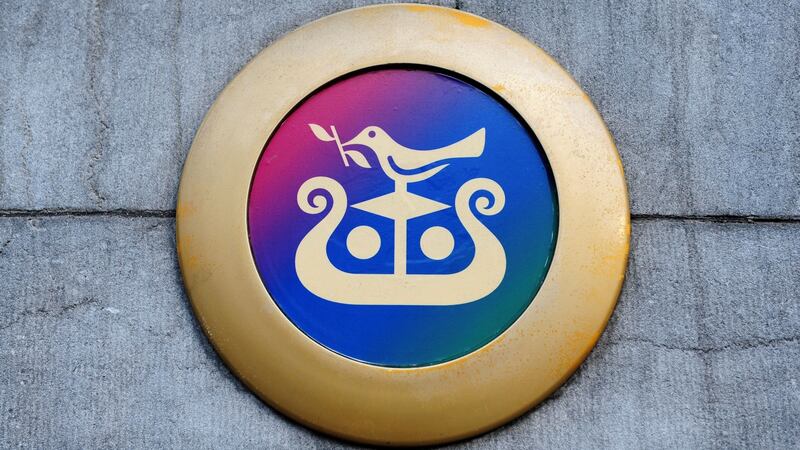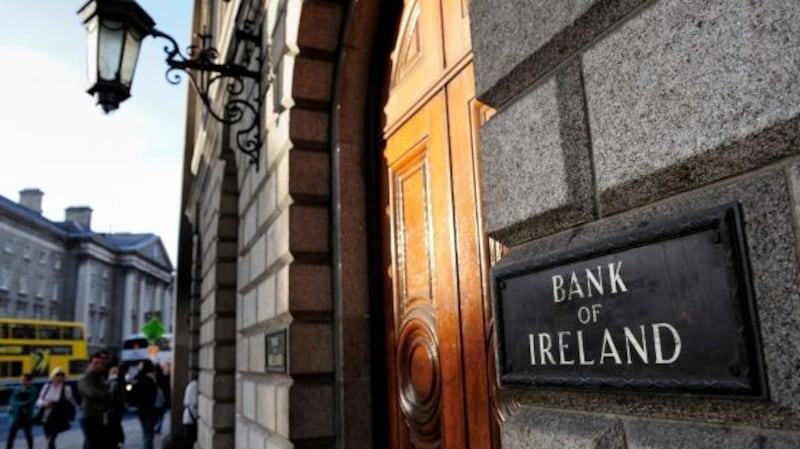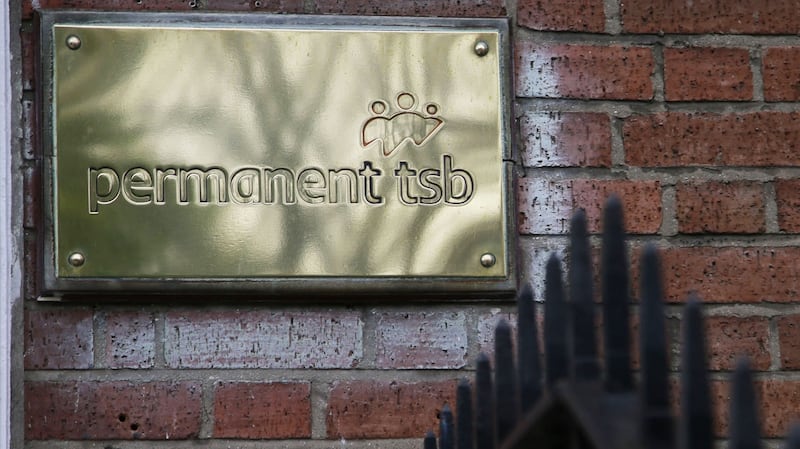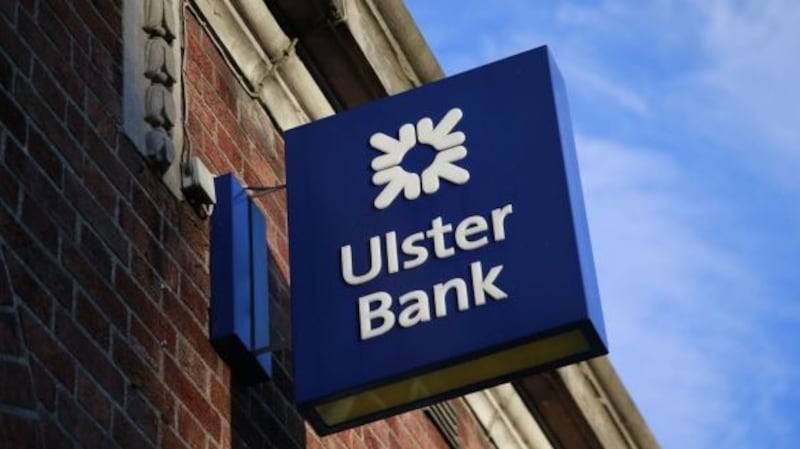AIB

AIB, the country’s largest mortgage lender after taking over EBS in 2011, revealed on Wednesday that its number of customers caught up in the industry-wide tracker mortgage scandal has increased by 4,970 since late October to 9,402.
In total, the bank has identified 4,446 customers who were no longer on a tracker mortgage to which they were entitled. Almost three-quarters of these have received compensation so far.
It has also acknowledged 956 borrowers who were being charged a higher rate than they should have been, with 76 per cent of these set to be compensated by the end of December.
Finally, the group, led by chief executive Bernard Byrne and which returned to the main Dublin and London stock markets in June, disclosed on Wednesday that an estimated 4,000 borrowers were never given their right to a tracker loan. These customers would have started off on a fixed rate, but by the time they came off that, their option of moving onto a tracker was gone, as the bank had stopped giving new tracker mortgages.
The last category, which had been ignored up until now, will have the option of taking up a tracker rate and receive €1,000 of compensation each and €615 towards independent advice.
Bank of Ireland

Bank of Ireland, led by its new chief executive Francesca McDonagh since the start of October, has disclosed no nasty surprises in its latest update on tracker mortgages, having said in November that 6,000 further customers had been identified.
Including 5,100 customers who were identified in 2010 and put back on low-cost mortgages linked to the European Central Bank rate, Bank of Ireland's total figure amounts to 14,500. The overall figure includes 3,400 borrowers who were paying an average of 0.15 percentage points above the rate they should have been on.
The bank, which only started refunds and compensation last month, has so far made offers to 80 per cent of impacted customers. About 2,200 customers have either received payment on foot of this or are in the process or being processed.
The lender said that it is “working to issue offers of compensation to all remaining impacted customers by early 2018”.
KBC

KBC Bank Ireland, whose Belgian parent affirmed its commitment to the Irish market earlier this year after two years of speculation, only gave a first indication of its number of impacted customers in October.
At the time, it said that up to 1,661 of its borrowers may have been hit by overcharging. On Wednesday it disclosed that its number had increased by 1,884 to 3,545. This includes 571 accounts that had been identified and resolved in 2010, prior to the current industry-wide examination.
The bank started paying redress compensation to affected customers last month and expects to conclude payments to the cases most recently-identified cases by the end of June next year.
The bank said that it plans to set aside an additional €61.5 million of provisions to cover costs associated with the compensation programme - bringing the total amount ringfenced to €120.3 million.
Permanent TSB

Permanent TSB, once the country’s largest mortgage bank, said that its number of impacted customers had increased by 9 to 1,980 over the past two months.
The bank was the first to come under public scrutiny for the tracker-mortgage issue when it disclosed in July 2015 that almost 1,372 customers, including those of its former subprime unit Springboard Mortgages, had been caught by overcharging.
That total figure increased after the Central Bank ordered the nation’s lenders in December 2015 to review their portfolios for tracker-mortgage issues.
PTSB said on Wednesday that it has redressed and compensated all of the impacted customers, though this also includes customers who have been invited to inform the bank of which account they with their payment to be made by electronic funds transfer.
Ulster Bank

Ulster Bank said on that its number of identified customers remains at the 3,500 level disclosed during the summer.
However, it indicated that its number could increase as it is “working to identify any additional customers who may be impacted” following recent engagement with the Central Bank.
The bank, which required a £15 billion (€16.8 billion) bailout from its parent Royal Bank of Scotland during the financial crisis, has put all its identified impacted customers back on their tracker rate and paid redress and compensation to 1,017 of these to date. It said in October that it plans to complete payments by the end of next June.














